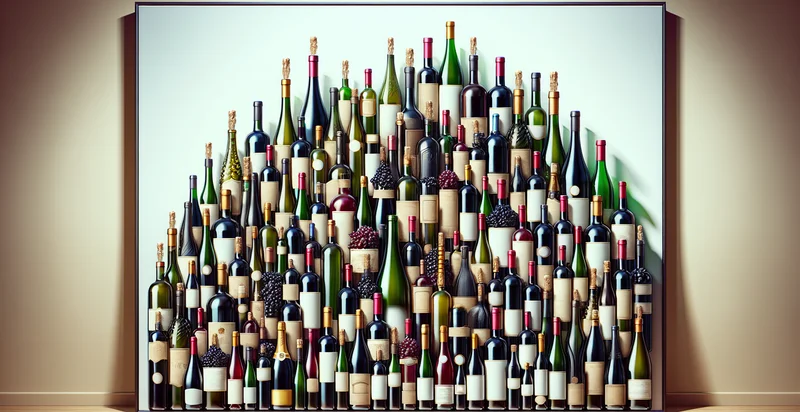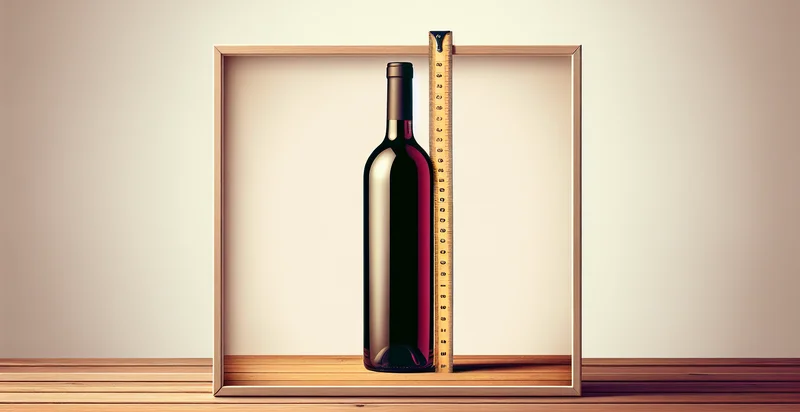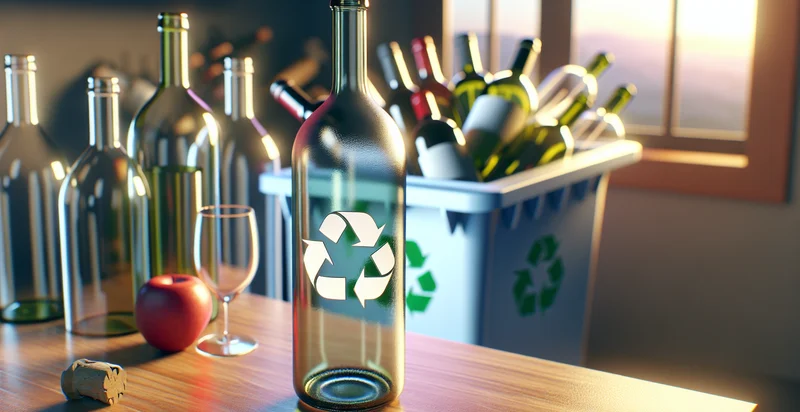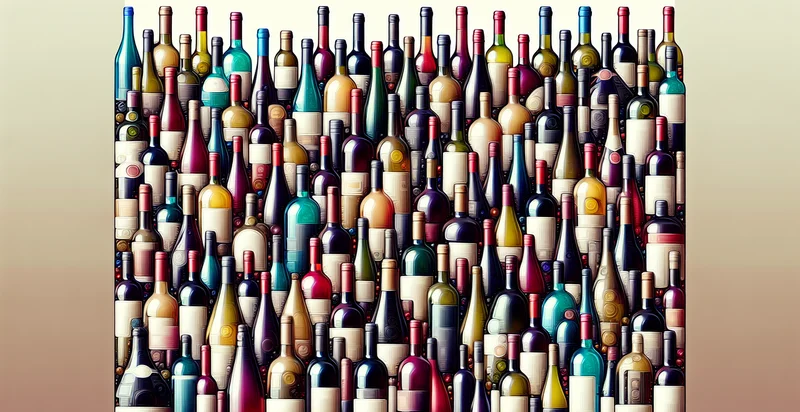Identify wine bottle sizes
using AI
Below is a free classifier to identify wine bottle sizes. Just upload your image, and our AI will predict what size of wine bottle it is - in just seconds.

Contact us for API access
Or, use Nyckel to build highly-accurate custom classifiers in just minutes. No PhD required.
Get started
import nyckel
credentials = nyckel.Credentials("YOUR_CLIENT_ID", "YOUR_CLIENT_SECRET")
nyckel.invoke("wine-bottle-sizes", "your_image_url", credentials)
fetch('https://www.nyckel.com/v1/functions/wine-bottle-sizes/invoke', {
method: 'POST',
headers: {
'Authorization': 'Bearer ' + 'YOUR_BEARER_TOKEN',
'Content-Type': 'application/json',
},
body: JSON.stringify(
{"data": "your_image_url"}
)
})
.then(response => response.json())
.then(data => console.log(data));
curl -X POST \
-H "Content-Type: application/json" \
-H "Authorization: Bearer YOUR_BEARER_TOKEN" \
-d '{"data": "your_image_url"}' \
https://www.nyckel.com/v1/functions/wine-bottle-sizes/invoke
How this classifier works
To start, upload your image. Our AI tool will then predict what size of wine bottle it is.
This pretrained image model uses a Nyckel-created dataset and has 15 labels, including 1.5L, 12L, 15L, 187Ml, 18L, 1L, 27L, 30L, 375Ml and 3L.
We'll also show a confidence score (the higher the number, the more confident the AI model is around what size of wine bottle it is).
Whether you're just curious or building wine bottle sizes detection into your application, we hope our classifier proves helpful.
Related Classifiers
Need to identify wine bottle sizes at scale?
Get API or Zapier access to this classifier for free. It's perfect for:
- Inventory Management: Retailers can employ the wine bottle sizes identifier to streamline their inventory processes. By accurately classifying bottles based on their sizes, they can optimize stock levels, manage shelf space more efficiently, and reduce mislabeling errors.
- Pricing Strategy: Wine distributors can use the classification function to establish pricing tiers based on bottle sizes. This differentiation allows for more competitive pricing strategies, ensuring that customers are charged appropriately according to the quantity and market standards for various sizes.
- Consumer Recommendation Systems: Online wine retailers can leverage the identifier to enhance their recommendation systems. By understanding the sizes customers prefer, they can suggest similar bottles, improving customer satisfaction and increasing sales through personalized marketing.
- Supply Chain Optimization: Importers and exporters can use the wine bottle sizes identifier to improve logistics and supply chain efficiency. By accurately categorizing bottle sizes, they can optimize packaging and shipping methods, reducing costs and time for delivery.
- Quality Control: Wineries can implement this function in their quality control processes to ensure that labeled bottle sizes are accurate. By verifying classifications during production, they can maintain consistency and build trust with their customer base by providing accurate product information.
- Market Research and Trends Analysis: Market analysts can utilize the wine bottle sizes identifier to gather data on consumer preferences and trends. This analysis can help wineries and distributors forecast demand more effectively and tailor their marketing strategies based on observed buying patterns.
- E-Commerce Listings: Online platforms selling wine can incorporate the identification function into their product listing process. By automating the classification of bottle sizes, they can ensure that customers receive precise information, leading to fewer returns and an improved overall shopping experience.


